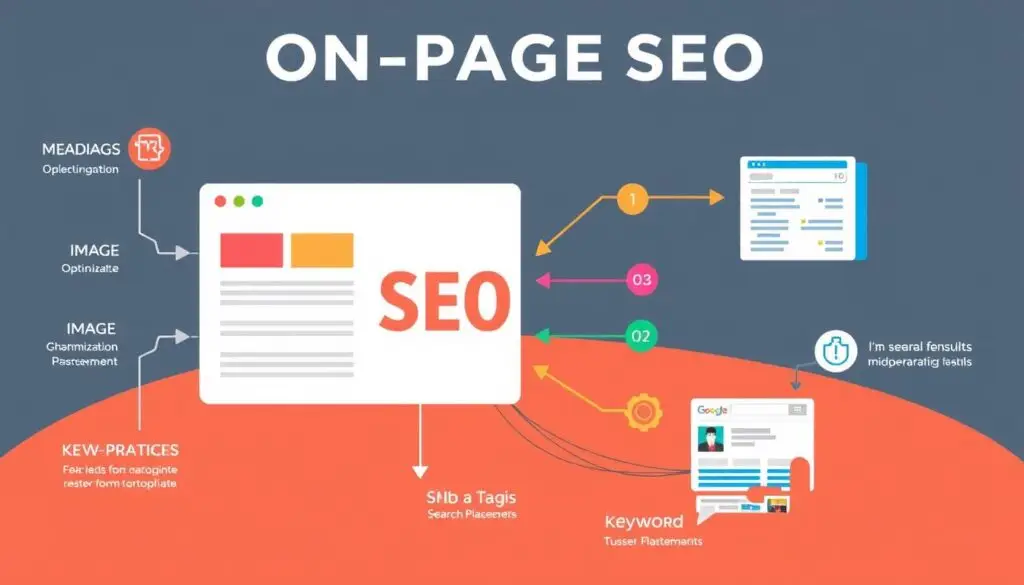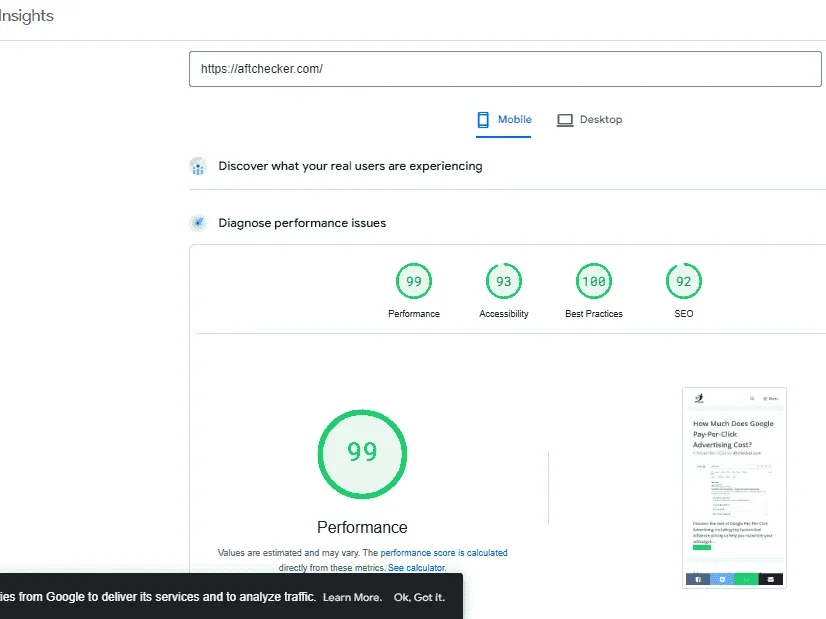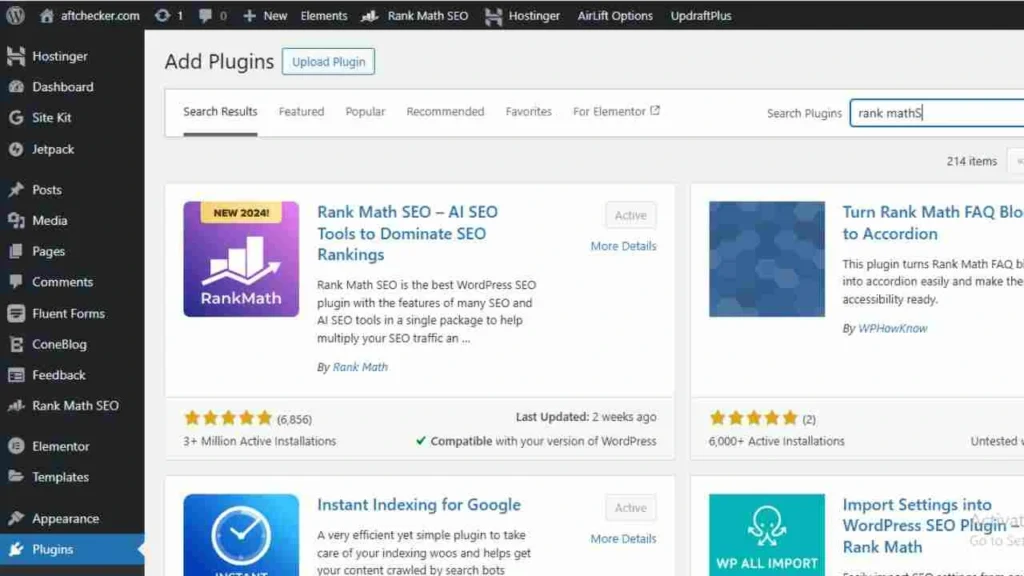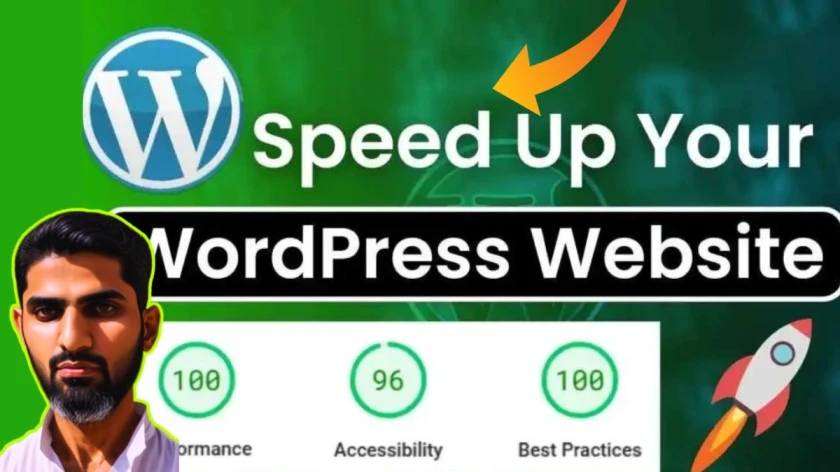Learn how to implement SEO Best Practices in your blog posts for increased traffic & higher search rankings. Get actionable tips now! Today!
Introduction
If you’re struggling to get traffic to your blog, you’re not alone. The internet is flooded with content, making it harder than ever to stand out. But what if there was a way to bring your blog to the front page of search engines and attract the right audience? That’s where SEO best practices for blog posts come in.
Search Engine Optimization (SEO) isn’t just about stuffing keywords into your posts—it’s about strategically crafting content that ranks well and keeps readers engaged. Whether you’re a beginner or a seasoned blogger, implementing SEO best practices for blog posts can turn your blog into a traffic magnet.

But here’s the catch—SEO is constantly evolving. Google’s algorithms change, competition increases, and simply writing great content isn’t enough. You need a solid SEO strategy that includes keyword research, on-page optimization, user experience enhancements, and more.
In this guide, we’ll break down the most effective SEO best practices for blog posts that will not only boost your search rankings but also help you build a loyal readership. Are you ready to take your blog to the next stage? Let’s dive in!
Keyword Research

Keyword research is the process of finding the right keywords to target in your blog posts. Find relevant keywords using tools like Google Keyword Planner and Ahrefs. Focus on more specific and less competitive long-tail keywords to enhance SEO best practices for blog posts.
We also have our own tool that does keyword research very well and you can use it. We will give you access to it free.
Crafting Quality Content
Creating high-quality content is essential for SEO. Your content should be original, engaging, and valuable to your readers. Use simple language and structure your content with headings and subheadings for better readability. When following SEO best practices for blog posts, ensure that your content answers search queries effectively.
On-Page SEO Techniques
On-page SEO involves optimizing individual blog posts to rank higher on search engines. Use headers (H1, H2, H3) properly, include keywords naturally, and write compelling meta descriptions and title tags.

Optimizing Images
Images can enhance your blog posts, but they need to be optimized for SEO. Use descriptive alt texts, compress images for faster load times, and name image files appropriately.
A great offer for you is that an image optimization tool is also available on our site, which will optimize your image within 1 second to such an extent that your image will also rank in Google Discover and will be ready to be displayed in Google.
Internal and External Linking
Linking to other pages on your blog (internal linking) and to relevant external websites (external linking) can improve your SEO. Use anchor text effectively and ensure your links are relevant and valuable to your readers.
Mobile-Friendly Design
A mobile-friendly blog is essential for SEO. Make sure your blog is responsive and looks good on all devices. Test your blog’s mobile compatibility and make necessary adjustments to align with SEO best practices for blog posts.

Page Speed Optimization
Side speed is an important factorin SEO. Use tools like Google PageSpeed Insights to measure your page speed and implement techniques to improve load times, such as compressing images and using a content delivery network (CDN).
User Experience (UX)
A good user experience is vital for SEO. Create a user-friendly navigation, enhance the overall user experience, and ensure your blog is easy to use and navigate.
Engaging Titles and Headings
Crafting compelling titles and headings can improve your SEO. Use catchy and relevant titles, and structure your content with headings to make it easier to read and understand. This is one of the essential SEO best practices for blog posts.
Using SEO Plugins and Tools
SEO plugins and tools can help you optimize your blog posts. Popular plugins like Yoast SEO and All in One SEO provide valuable insights and recommendations for improving your SEO.

Content Updates and Refreshes
Keeping your content up-to-date is important for SEO. Regularly update and refresh old blog posts to ensure they remain relevant and valuable to your readers.
Analyzing and Monitoring Performance
Track your SEO performance using tools like Google Analytics and Google Search Console. Monitor key metrics and make data-driven improvements to your blog.
Leveraging Social Media
Social media can impact your SEO. Share your blog posts on social platforms, encourage social shares and engagement, and build a strong social media presence.
Building Quality Backlinks
Backlinks are links to blogs from other websites. They are important for SEO. Focus on earning high-quality backlinks from reputable websites and avoid black-hat SEO practices.
If you don’t know how you can build high-quality backlinks for absolutely free, we wrote a dedicated blog post on it, so I’m providing the link, click on the source and get some information.
Voice Search Optimization
Voice search is becoming increasingly popular. Optimize your content for voice queries by using natural language and answering common questions related to your topic.
If you want to enable voice search optimization on your WordPress or custom-coded website, the available tools can be quite expensive.
However, our team is actively working on a solution and will soon release a voice search optimization plugin. This plugin will allow you to seamlessly integrate voice search into your website, making it more accessible and user-friendly.
Local SEO Strategies
Local SEO is important if you want to attract local readers. Optimize your blog for local searches by including location-specific keywords and using Google My Business.
Technical SEO Considerations
Technical SEO involves optimizing your blog’s technical aspects. Ensure you have a sitemap, use robots.txt effectively, and fix broken links and errors.
Schema Markup
Schema markup is a kind of structured data that allows search engines to understand content. Implement schema markup in your blog posts to improve your SEO.
Recommended SEO Tools for Bloggers
Using the right SEO tools can make a significant difference in your blog’s performance. Here are some recommended SEO tools for bloggers:
- Semrush: An all-in-one SEO and digital marketing platform that offers keyword research, site audits, backlink analysis, rank tracking, and competitor monitoring.
- Ahrefs: Powerfultoolsforkeywordresearch,backlinkanalysisandcompetitiveanalysis.
- Yoast SEO: A popular WordPress plugin that helps you optimize your content directly within the WordPress interface.
- Rank Math: Another WordPress plugin that offers a suite of SEO tools for bloggers.
- Google Analytics: A free tool that provides insights into your blog’s traffic and performance.
- Google Search Console: A free tool that helps you monitor and maintain your blog’s presence in Google search results.
Best Beginner SEO Tools for Blog Growth
If you’re new to SEO, starting with beginner-friendly tools can greatly impact your blog’s growth. Here are some of the most effective tools for beginners:
- Google Analytics: Essential for tracking website traffic and understanding user behavior.
- Google Search Console: Helps you monitor and maintain the presence of your website in Google search results.
- Yoast SEO: A popular WordPress plugin that simplifies SEO on your page.
- Ubersuggest: Provideskeywordsuggestions, content ideas, and backlink data.
- AnswerThePublic: Creates content suggestions based on frequently searched terms.
Conclusion
Implementing SEO best practices for blog posts can significantly increase your blog’s traffic. By following these tips and using the recommended tools, you can improve your blog’s visibility, reach a wider audience, and achieve better results.

I specialize in blogging, SEO, WordPress, and more, with two years of experience. Everything on this site about blogging, SEO, and earning online is based on my personal journey. I’ve published many tools here, and more are coming soon. My goal is to share my knowledge so you can also start earning through blogging and SEO.


